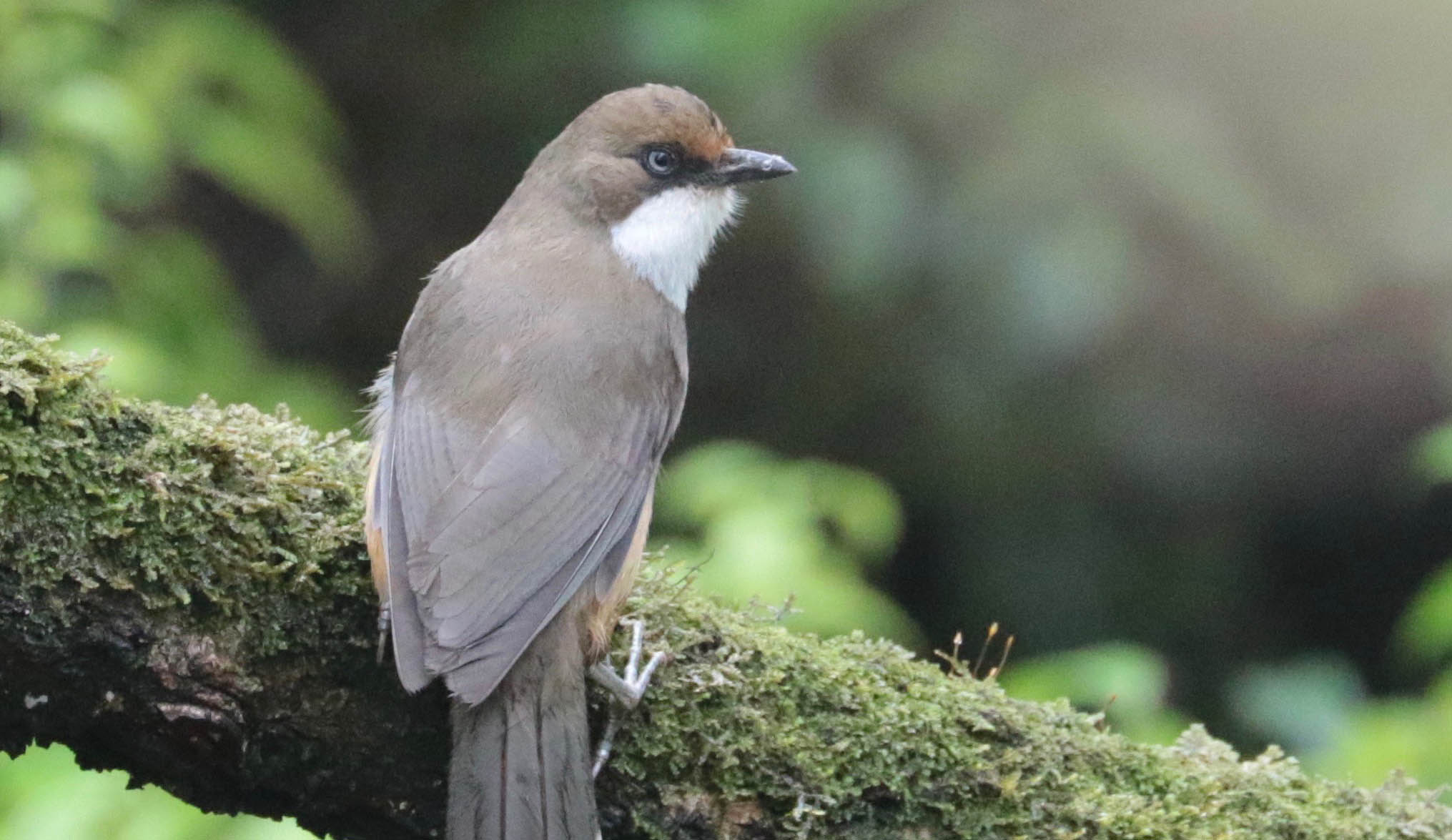Can’t see the ‘hood for the trees: the comparative method and phylogenetic and ecological variation in cooperative breeding in birds
Speakers
Event series
Content navigation
Description

In recent years a number of high profile publications have used phylogenetically explicit comparative methods to attempt to explain the distribution of cooperative breeding in birds, which occurs in about 10% of species. These attempts suffer from a common suite of problems, many of which represent general difficulties in application of the phylogenetic comparative method. They include: i) use of definitions that predispose analyses to conform to particular hypotheses, effectively obscuring all other pattern in the data; ii) the belief that inclusion of phylogeny or aspects of the environments such as latitude as ‘controls’ means they can thereafter be ignored, though they may be part of the causative chain, or sampled in a way that precludes adequate testing; and iii) the use of the methods to find evidence supportive of a particular hypothesis, rather than to attempt to reject that hypothesis, or evaluate predictions that distinguish the pet hypothesis from alternative explanations. In this talk I will suggest guidelines for framing questions that promote testing for adaptation in social evolution.
Andrew Cockburn is an Emeritus Professor of Natural History in the Research School of Biology. For the last three decades his research has focused on the evolution of avian cooperative breeding in general, and social evolution in fairy-wrens in particular. Except in passing, this talk will not mention fairy-wrens.
Location
Eucalyptus Seminar Room (S2.05), Level 2, RN Robertson Building (46), ANU

